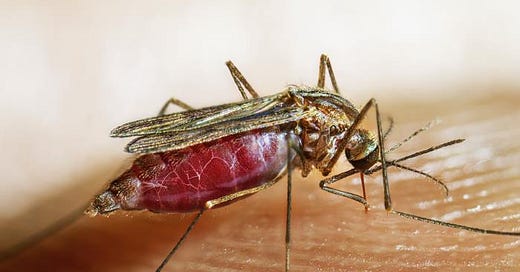In Namibia, on the west coast of Southern Africa, health authorities report 6,710 additional malaria cases and 15 deaths the week ending May 10 in 36 districts.
This brings the total for the year to 66,872 cases and 91 deaths. This is also more than 70,000 cases since the outbreak began in November 2024.
According to the World Health Organization, malaria is a life-threatening disease spread to humans by some types of mosquitoes. Malaria mostly spreads to people through the bites of some infected female Anopheles mosquitoes.
The infection is caused by a parasite and does not spread from person to person.
There are 5 Plasmodium parasite species that cause malaria in humans and 2 of these species – P. falciparum and P. vivax – pose the greatest threat. P. falciparum is the deadliest malaria parasite and the most prevalent on the African continent. P. vivax is the dominant malaria parasite in most countries outside of sub-Saharan Africa. The other malaria species which can infect humans are P. malariae, P. ovale and P. knowlesi.
Symptoms can be mild or life-threatening. Mild symptoms are fever, chills and headache. Severe symptoms include fatigue, confusion, seizures, and difficulty breathing.
Infants, children under 5 years, pregnant women and girls, travellers and people with HIV or AIDS are at higher risk of severe infection.
Globally in 2023, there were an estimated 263 million malaria cases and 597,000 malaria deaths in 83 countries.
The WHO African Region carries a disproportionately high share of the global malaria burden.
In 2023, the WHO African Region was home to 94% of malaria cases (246 million) and 95% (569 000) of malaria deaths.
Children under 5 accounted for about 76% of all malaria deaths in the Region.





